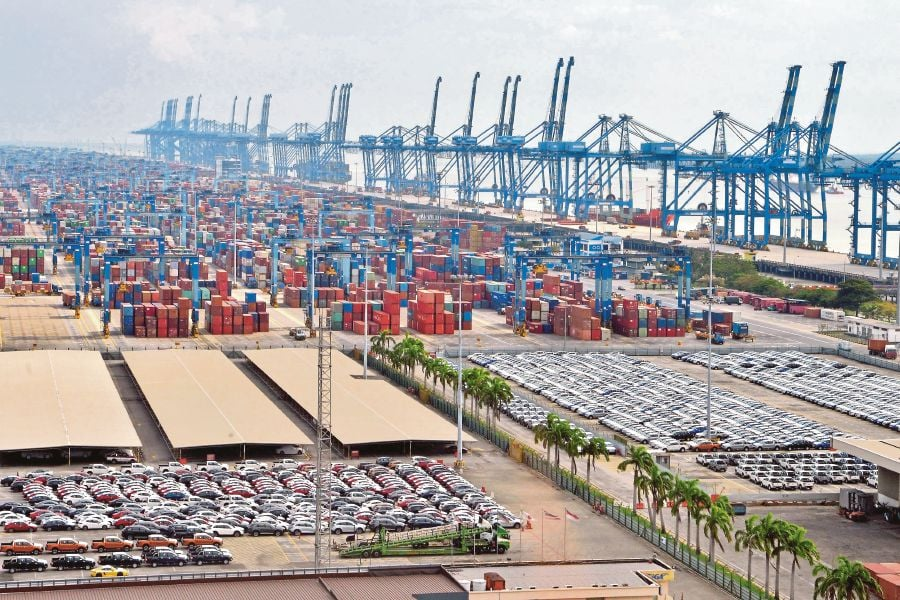
The Malaysia-specific tariffs are part of a comprehensive global trade policy shift that has affected multiple countries. The Trump administration implemented varying tariff rates across different nations, with Malaysia's rate positioned between lower-tariff countries and higher-tariff nations such as China, which faces a 34% tariff rate.
The policy represents a departure from previous US trade approaches, emphasizing bilateral trade balance considerations and reciprocal tariff structures as key determinants of trade relationships.
Targeting Malaysia’s Key Export Sectors
Although specific tariff rates and categories have not yet been detailed, Trump’s campaign statement highlighted countries with persistent trade surpluses with the US — including Malaysia. The US is Malaysia’s third-largest trading partner, accounting for approximately 11.3% of total exports in 2024, according to data from MATRADE.
Malaysia’s top exports to the US include:
- Electrical and electronic products
- Palm oil-based goods
- Rubber gloves and medical equipment
- Machinery and components
These sectors, especially electronics, which made up a large portion of Malaysia’s exports to the U.S. last year — may be highly sensitive to trade disruptions.

Broader Economic Implications
Trump’s tariff proposal adds a layer of uncertainty to Malaysia’s economic outlook in 2025. While the country has shown resilience in navigating global headwinds — including inflationary pressures and softening global demand — new US tariffs could pose a downside risk to growth projections.
Bank Negara Malaysia has previously forecasted a 4.5% - 5.5% GDP growth rate for 2025, driven by external demand recovery and domestic investment. However, those forecasts may need to be revised, if there is a decline in export volumes due to the tariffs.

Broader Economic Implications
Trump’s tariff proposal adds a layer of uncertainty to Malaysia’s economic outlook in 2025. While the country has shown resilience in navigating global headwinds — including inflationary pressures and softening global demand — new US tariffs could pose a downside risk to growth projections.
Conclusion
This development highlights the importance of the need to reduce over-reliance on Malaysia's major trading partners. While the US remains an important market, the country should accelerate efforts to strengthen regional trade ties, invest in value-added production, and deepen its resilience against external shocks.
The ongoing nature of US-Malaysia trade discussions suggests that the tariff framework may continue to evolve. Malaysian officials have indicated their intention to maintain engagement with US counterparts while preparing for various scenarios regarding the duration and scope of the tariff measures. As stakeholders await further clarification, Malaysian policymakers and businesses are likely to step up efforts to diversify markets and safeguard competitiveness.
Chelsea covers business and economic news in Malaysia, providing insights on market trends, corporate developments, and financial policies. More about Chelsea Low.



_11zon.jpg)
